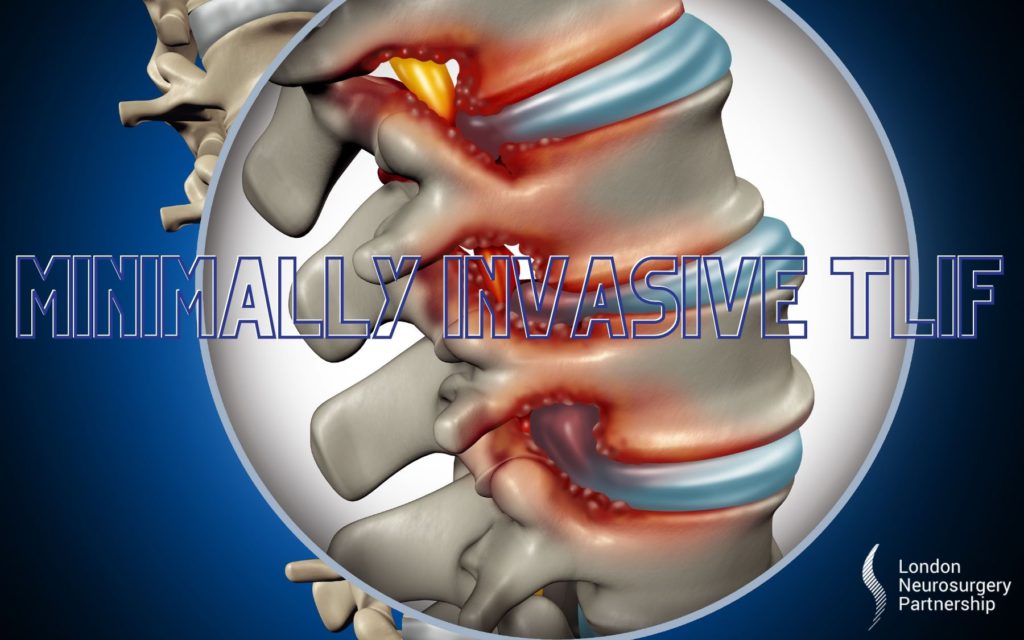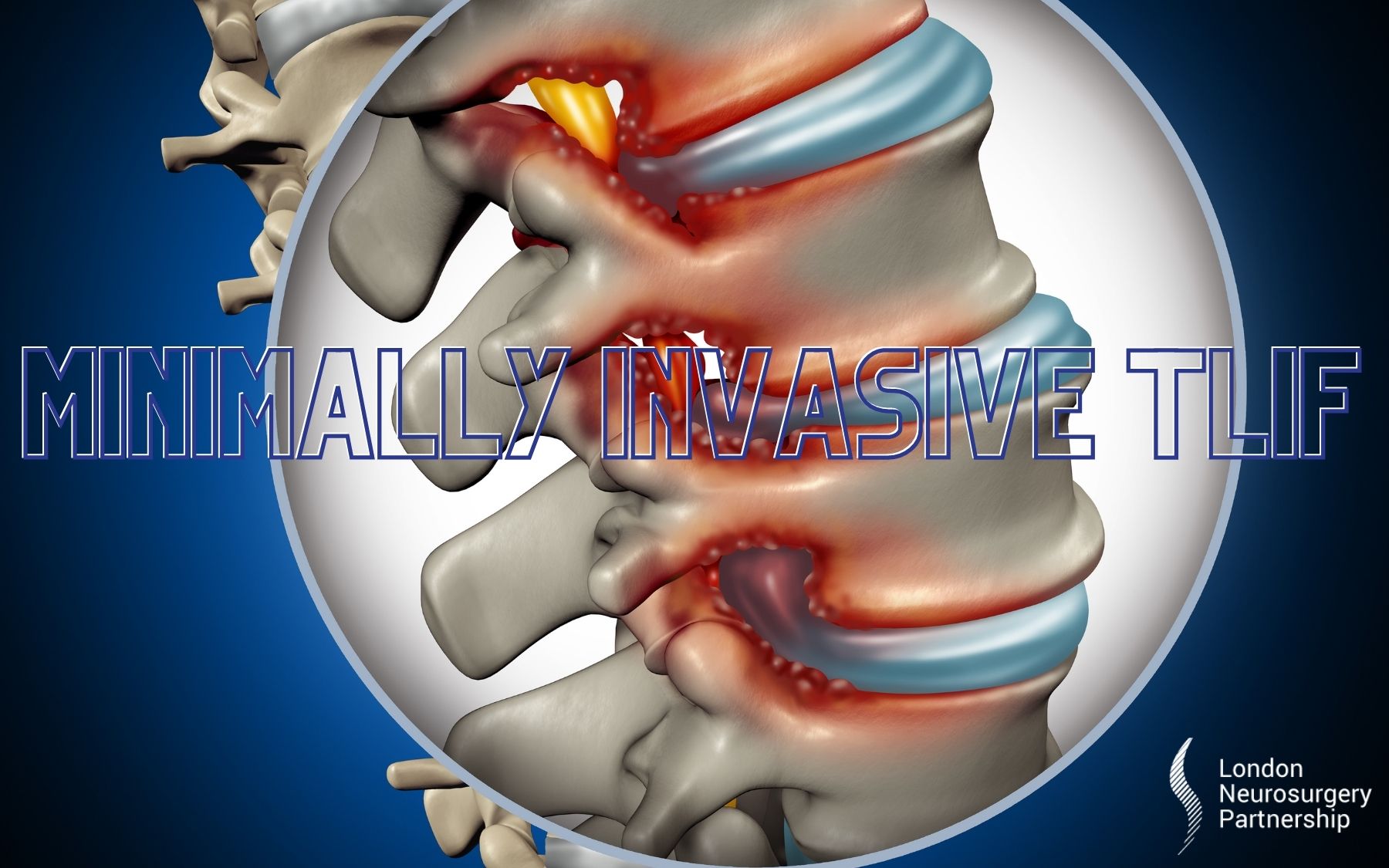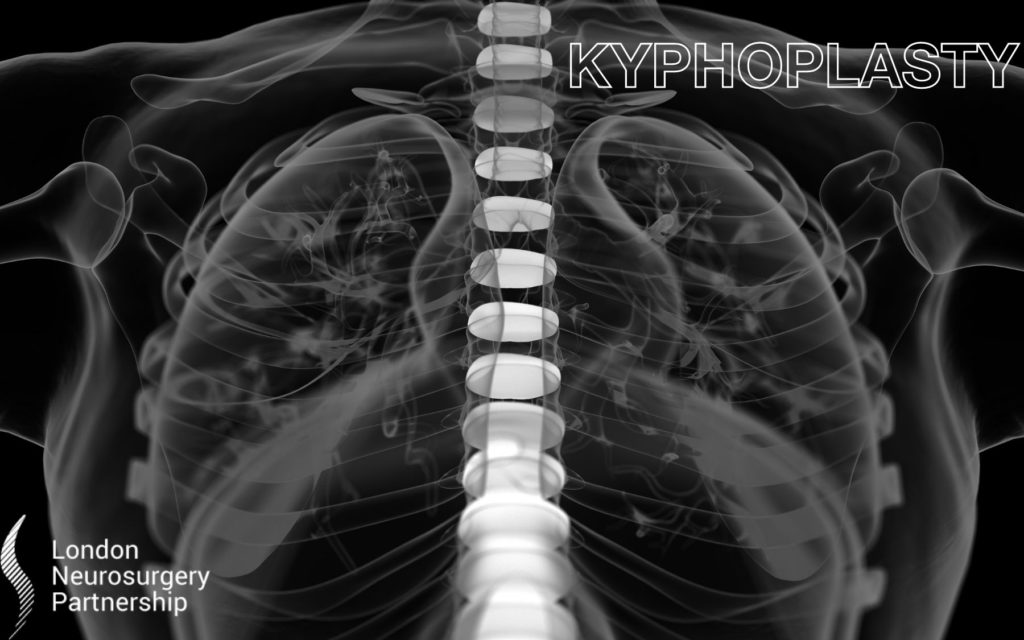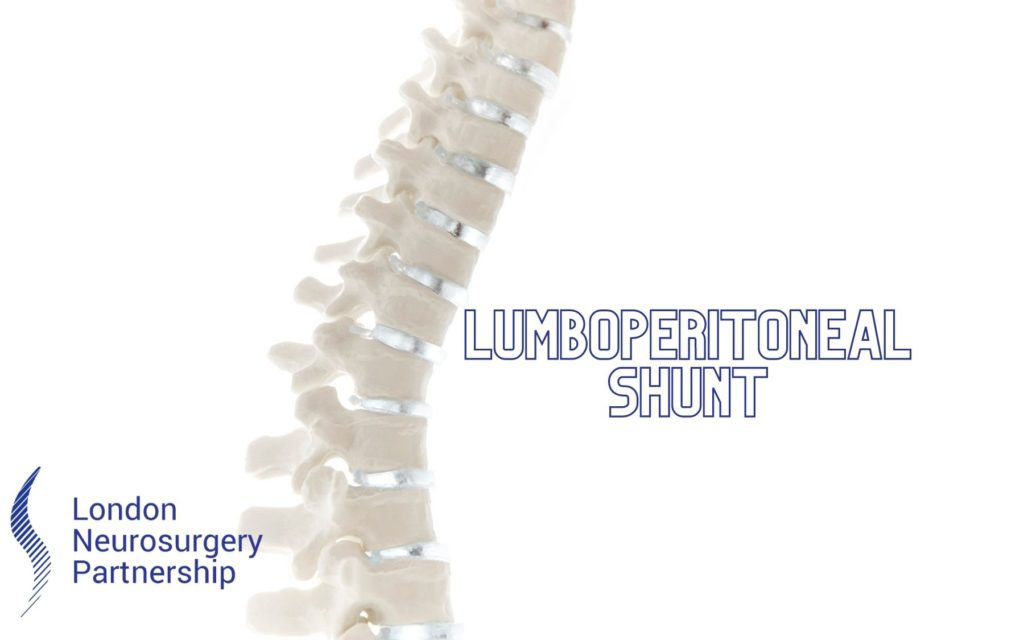
A minimally invasive TLIF is a type of minimally invasive spinal fusion surgery. This takes a revolutionary approach to traditional spinal surgery. A traditional spinal fusion surgery is a surgical procedure that is done to join 2 or more vertebrae in the spine together. Vertebrae are the small bones that sit on top of each other to make up the spine. A minimally invasive spinal fusion has the same outcome as a traditional spine fusion procedure; however, it is done through a much smaller incision.
A minimally invasive TLIF, or transforaminal lumbar interbody fusion, is designed to fuse two or more vertebrae together through a small incision on one side of the spine to treat symptoms caused by nerve compression on one side of the spine. This nerve compression can result in back pain although this is usually accompanied by pain down the leg like sciatic pain and if this progresses it can result in a lack of or reduction in function in the lower limb, this could be a foot drop or could just be weakness in the legs but whichever one of these it is, it will need to be treated. Conditions which may lead to the need for a minimally invasive TLIF include:
- Degenerative disc disease
- Spondlylisthesis
- Spinal stenosis
- Fracture
- Tumour
- Infection
Usually, patients who are offered a minimally invasive TLIF have tried more conservative methods of treatment before. If these treatments have been unsuccessful, then your doctor may put you forward to have surgery.
So what does the procedure look like?
You will be asleep, under general anaesthetic, for the duration of the procedure. As the operation is performed on the back you will be lying on your stomach for a minimally invasive TLIF. Your surgeon will use x-ray guidance to locate the correct area of the spine before making a small incision on the back. During the procedure, to release the pressure on the spinal nerves your surgeon will remove a small section of bone (the lamina) and part of the facet joint before removing the degenerated or damaged disc. An implant known as a space is inserted in place of the disc to maintain the disc height and act as a scaffold for new bone to grow – to fuse the two vertebrae together. Small screws and rods are placed across the joint to maintain stability during the fusion process. The incision is closed with stitches and a dressing placed to cover the wound.
Most patients will be back at home within 2-3 days after the operation and gradually increase in activity over the coming weeks.
What are the advantages of a minimally invasive TLIF?
The major advantage to minimally invasive surgery is that it results in relatively less damage to the surrounding tissue such as the muscles of the spine when compared to traditional spinal surgery. This often means that patients are able to return home quickly, the operating time is reduced and the post operative pain is also reduced.
Our outstanding complex spinal surgeons at the London Neurosurgery Partnership are all experts in minimally invasive TLIFs – Mr Irfan Malik, Mr Gordan Grahovac and Mr Nick Thomas.






0 Comments